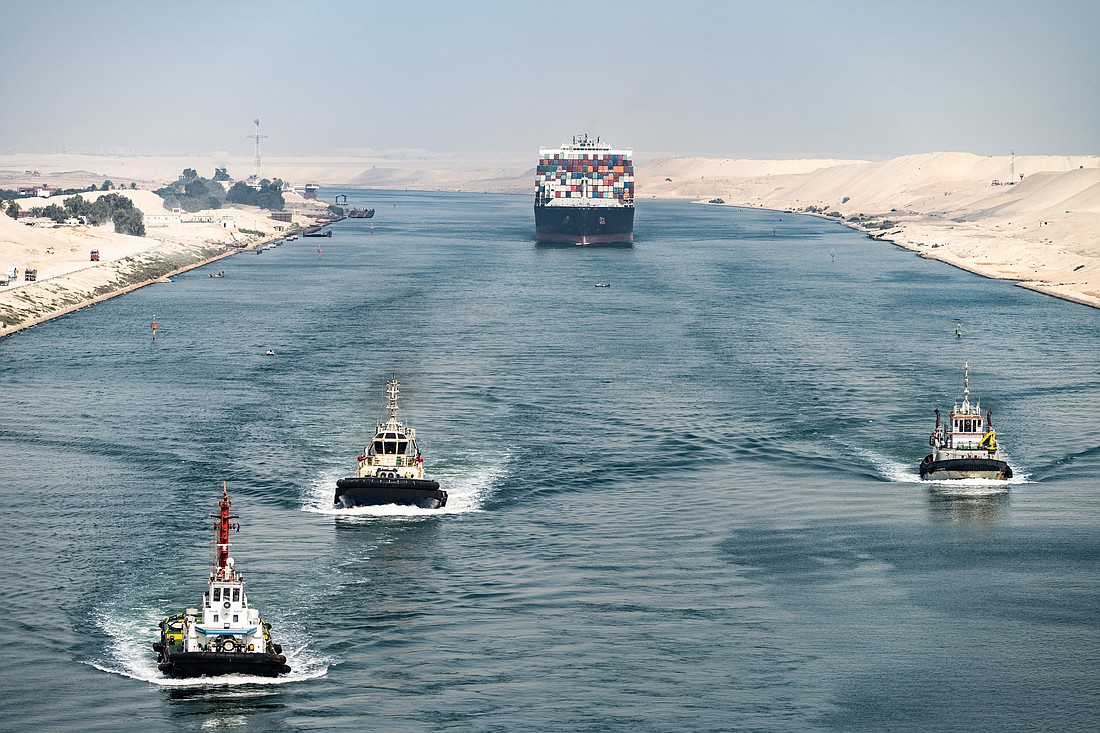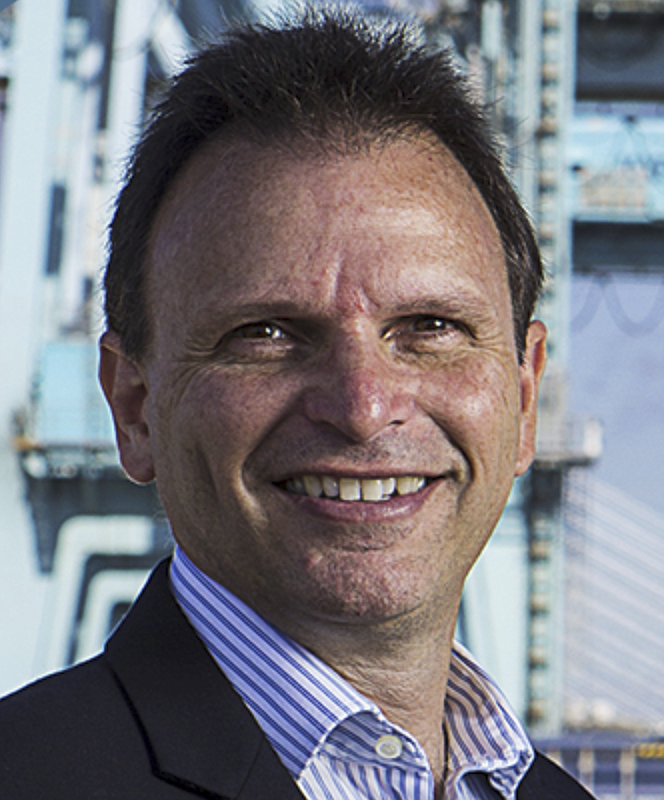
Pop into someone’s office at JaxPort these days, and you might find them watching news updates from the Middle East or checking weather forecasts for Central America.
It’s a reminder that Jacksonville’s economy is globally connected.
Terrorist attacks that have significantly reduced shipping through the Suez Canal are putting pressure on shipping lines that sail to Jacksonville. Meanwhile, a drought that has winnowed sailings through the Panama Canal also is affecting lines that use the port.
The good news for Jacksonville is that a relatively small amount of JaxPort’s cargo traffic comes through the two canals – 13% between them, to be exact, compared with 40% nationwide.

Robert Peek, JaxPort chief commercial officer, told the JPA board Jan. 22 that only two sailings to Jacksonville had been canceled in January, both because of the situation in the Suez Canal.
However, the port is monitoring both canals closely, sending Peek to Panama this month for a boots-on-the-ground look at the situation and to speak with canal authority officials.
Although the port has been minimally affected, Peek said the shipping lines that use JaxPort were another story. The canal problems are forcing cargo businesses, including some that sail to Jacksonville, to adopt alternate sailing routes and increase their use of rail options.
The results are higher costs and disrupted shipping schedules.
For example, alternative routing from Asia around the southern tip of Africa and then to the East Coast adds 6,000 to 8,000 miles and two weeks of sailing time, Peek said.
Jacksonville residents may eventually feel the effects of the disruptions in the form of higher costs of shipping being passed along to consumers in increased costs of food and goods.
The United Nations Conference on Trade and Development reported Jan. 26 that freight through the Suez Canal had dropped 45% since the Iran-aligned Houthi movement in Yemen began attacking vessels with missiles, boats and drones in what it says is support of Palestinians in Gaza.
In Panama, the drought has drastically lowered the volume of the main freshwater lake that supplies the locks that move ships through the canal.
The canal authority reduced passages by more than a third to conserve water amid drought conditions that produced the lowest monthly total of rainfall in October in 75 years.
Peek said an advantage for JaxPort in weathering the canal problems is the port’s strategy to diversify its cargo streams. The port handles loads that include vehicles, containers, breakbulk – cargo that doesn’t fit in containers – and dry bulk items like sand and gravel.
“The issues of the two canals are a really good example of one reason why we emphasize the business diversity we have – different cargo types, different shipping lines,” he said.
“We are less likely to experience a business shock from either type of these events. More than 85% of our business does not pass through these canals because we’re well diversified. The ships that do are finding alternatives.”
JaxPort bolstered its diversity Jan. 22 by signing a lease with Enstructure, a terminal and logistics company that moves a wide range of cargo, for acreage being vacated by Southeast Toyota Distributors at the Talleyrand Marine Terminal.
Enstructure is the parent company of Seaonus Stevedoring, which operates on 35 acres next to the site and has been a JaxPort tenant for 27 years. The $136.6 million lease will allow Enstructure to expand its footprint at JaxPort more than threefold.
JaxPort CEO Eric Green said the company planned to increase its local workforce by 300 to 400 employees.
Southeast Toyota announced in 2022 that it would move its operations from Talleyrand to the Blount Island Marine Terminal in 2025.